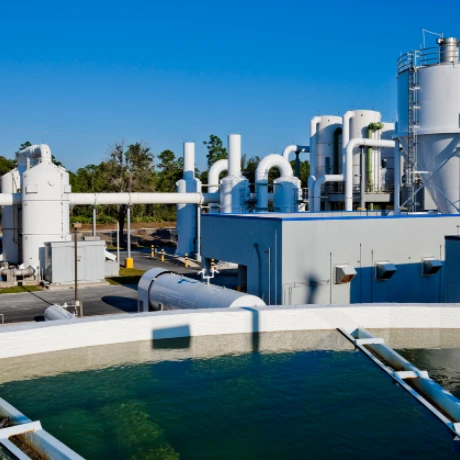



polyacrylamide hydrolysis
Understanding Polyacrylamide Hydrolysis A Comprehensive Overview
Polyacrylamide (PAM) is a synthetic polymer widely used in various applications, including water treatment, agriculture, and pharmaceuticals. One of the significant processes that PAM undergoes is hydrolysis, where water molecules react with the polymer, affecting its structure and properties. This article provides an overview of polyacrylamide hydrolysis, its mechanisms, and its implications.
Hydrolysis of polyacrylamide primarily involves the cleavage of its amide groups, converting them into carboxylic acid groups under alkaline or neutral pH conditions. This reaction is facilitated by the presence of hydroxyl ions, which attack the carbonyl carbon of the amide group, leading to the release of ammonia. The degree of hydrolysis can be influenced by several factors, including pH, temperature, and the presence of catalysts.
The rate of hydrolysis is crucial in determining the performance of polyacrylamide in practical applications. For instance, in water treatment processes, fully hydrolyzed PAM exhibits different properties compared to partially hydrolyzed variants. Fully hydrolyzed PAM tends to have a higher charge density, enhancing its ability to flocculate suspended particles in water. This property is particularly beneficial in the treatment of wastewater, where effective coagulation and sedimentation are essential.
polyacrylamide hydrolysis

In agricultural practices, polyacrylamide is used to improve soil structure, water retention, and erosion control. Hydrolyzed PAM can aid in maintaining soil moisture and reducing runoff, thereby enhancing crop yield. Additionally, the degradation of polyacrylamide in the soil environment is a critical factor to consider. Hydrolysis reduces the polymer's molecular weight, influencing its effectiveness and longevity in soil applications.
Moreover, understanding the hydrolysis process is vital for the development of tailored PAM products. By controlling the hydrolysis conditions, manufacturers can produce PAM with specific properties suited for particular applications. This customization can lead to more efficient solutions in environmental management, agriculture, and various industrial processes.
In conclusion, polyacrylamide hydrolysis is a fundamental process that significantly impacts the polymer's functionality in various fields. By comprehensively understanding this process, researchers and practitioners can optimize the use of PAM, leading to improved outcomes in water treatment, agriculture, and beyond. As research continues, further insights into the hydrolysis mechanisms will pave the way for innovative applications and enhanced performance of polyacrylamide-based products.
-
How and Why to Disinfect Water Softeners for Safe, Reliable WaterNewsNov.24,2025
-
Effective Deionized Water Disinfectant Solutions for Healthcare & Industrial UseNewsNov.24,2025
-
Commonly Used Disinfectant for Drinking Water – Global Uses & InnovationsNewsNov.23,2025
-
Chemical to Disinfect Water – Essential Solutions for Safe, Clean Drinking WaterNewsNov.23,2025
-
Blue Water Disinfectant: Safeguarding Global Water Quality with InnovationNewsNov.22,2025
-
Bleaching Powder for Water Disinfection – Affordable & Effective Water Treatment SolutionNewsNov.22,2025
-
Bleaching Powder Drinking Water: Effective, Affordable Disinfection WorldwideNewsNov.21,2025










